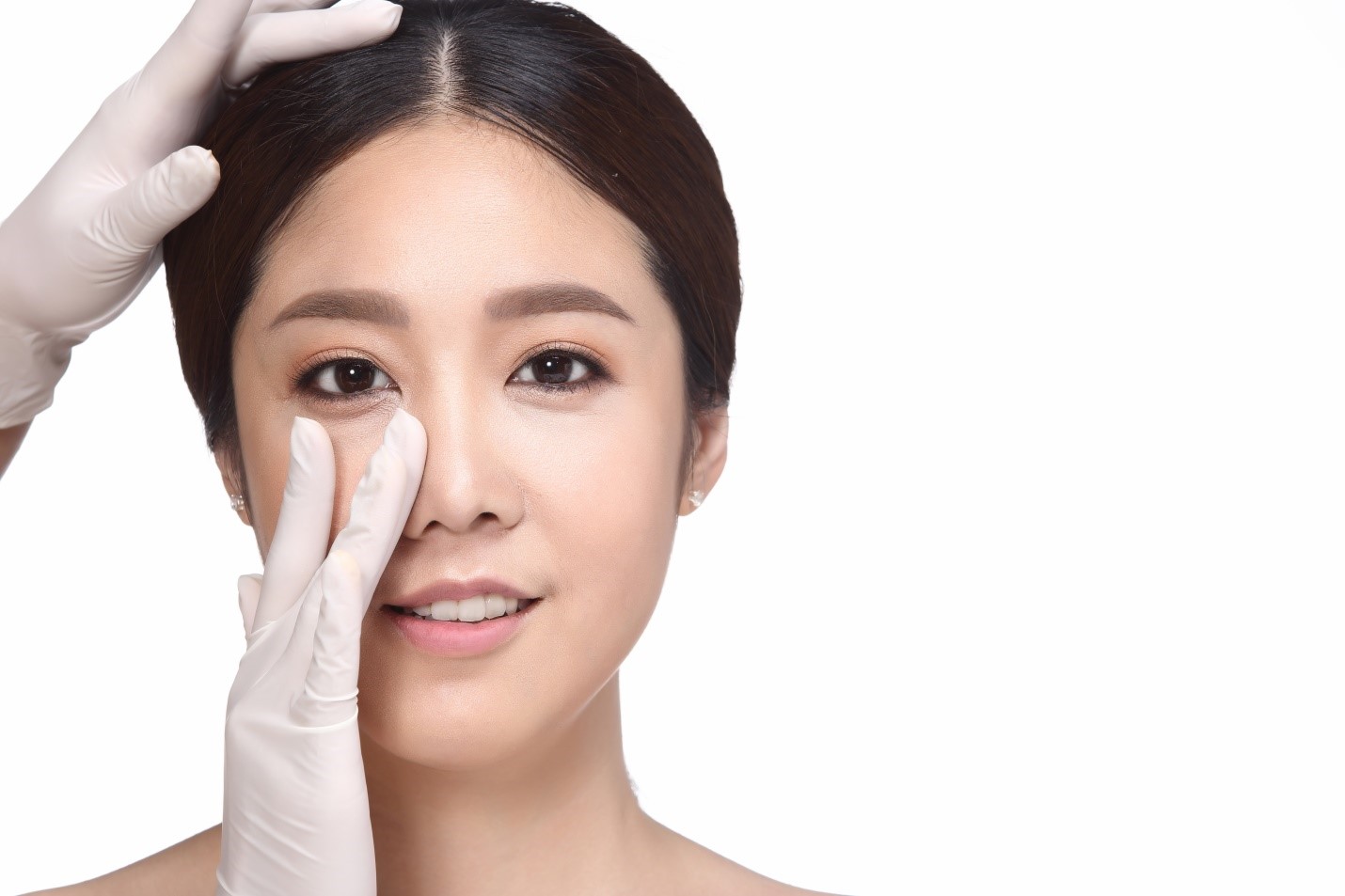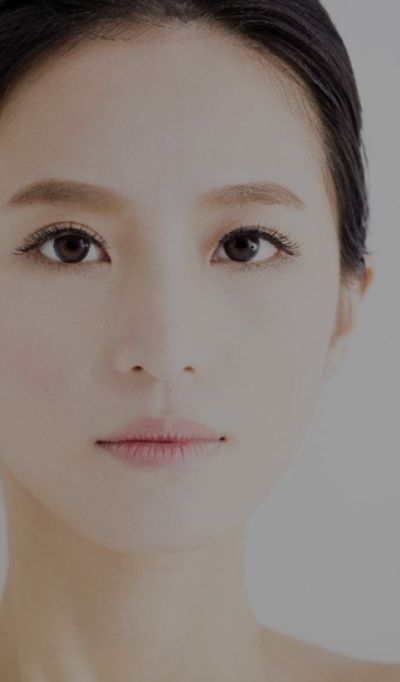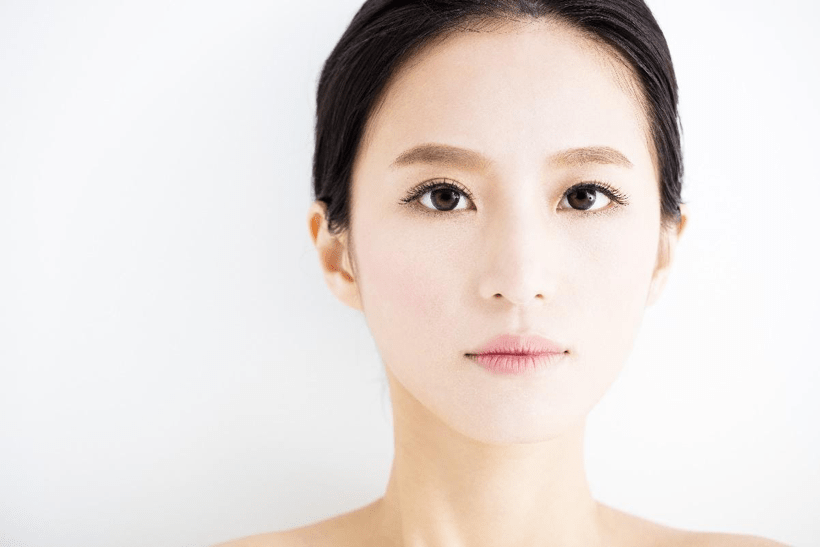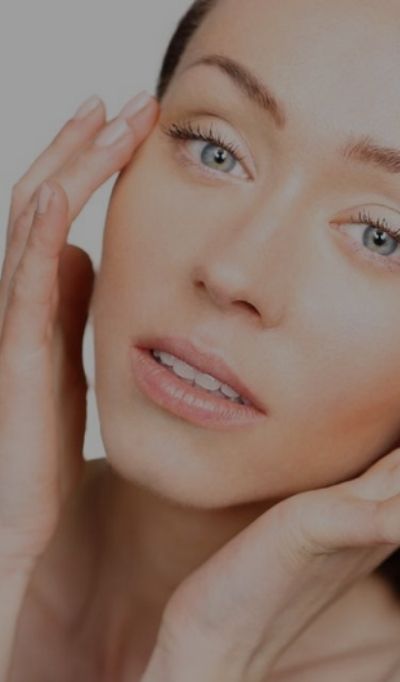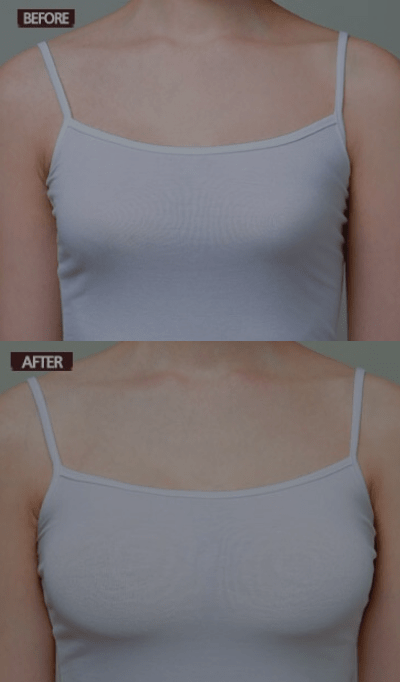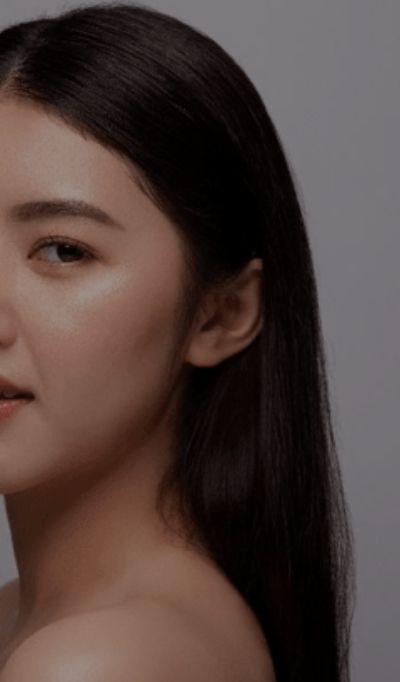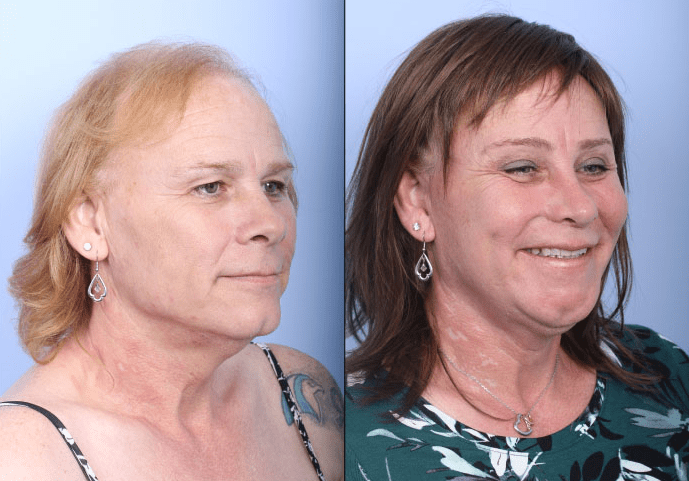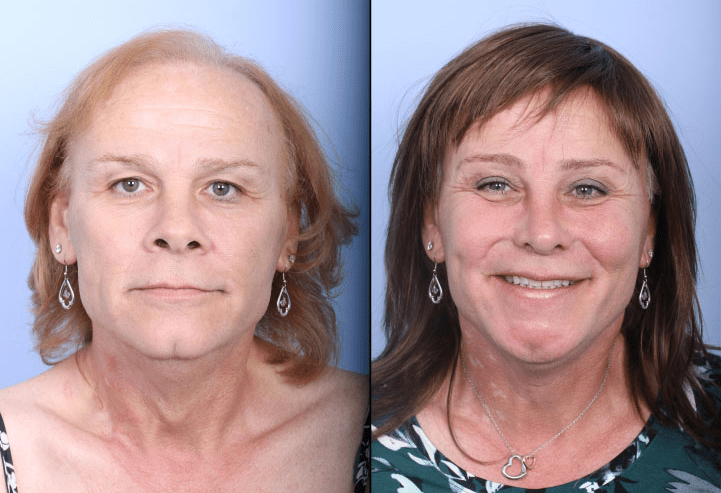

Have you ever thought about getting square jaw reduction surgery? South Korea is the number one country in the world for this procedure. Seoul Guide Medical, the leading expert in the field of square jaw reduction, created this article to let you know everything you need to know about this procedure and whether it is right for you.
What Is Jaw Reduction Surgery?
Square jaw reduction surgery (part of V-line surgery), also known as mandibuloplasty or mandible reduction, is a procedure where a plastic surgeon permanently changes the shape of the lower jaw. This surgery is usually done to create a smaller jaw shape, a more curved jaw, and a smoother jawline. Because this surgery is done on the lower portion of the face, there are a lot of nerve endings and blood vessels in that area. Only an expert surgeon with vast experience should perform this procedure. The clinic that hosts this procedure must also have advanced medical and safety equipment that is not common in all clinics.


What the mandible jaw reduction entails differs from person to person and is predicated on their needs and wants. Some people want only their jaw to be done, whereas others could also be looking for chin reduction.

The goal of “V-line surgery” or “V-lining” is to make a face slimmer and create a balanced V-line. The amount of reduction you can get is determined by your wants and what is safely possible. It can be determined with a CT scan and computer analysis at the clinic. A V-shaped or smoother jawline can make a person look slimmer, younger, more symmetrical, and provide a softer look.


There are two types of cuts that can be done when undergoing mandible jaw reduction. The first is called the shortcut, which goes from the back of the jaw bone to the middle of the jaw bone. The surgeon makes an incision from the inside of the mouth, designs on the bone, and then creates a diagonal cut and removes the measured amount needed with a handheld cutting tool. The jaw can then be smoothed out and shaped if needed. No pins or plates are required. The doctor then sutures the area.

The other kind of cut is called the Long Cut. This goes from the back of the jaw bone to the front of the chin. It allows for the chin to be reduced on the sides and shaped. Patients who get this kind of cut usually have an unbalanced, broad look to their chin that does not match the rest of their face and will not match the new look they are going for. Sutures will close the incision area once the excess bone material is removed and smoothed. No plates or screws are needed.


At Seoul Guide Medical, we can provide you with the best plastic surgeons who have the utmost care for their patients. We have access to information that cannot be found online and know the systems of each of our partner clinics and how they work. We only choose the best surgeons and ensure you get the best chance of achieving your dream.

With both kinds of cuts, the skin and muscle must be pulled up and reattached to a better position. Because you will have less bone structure, there will be excess sagging if this is not done.
Your Surgery Day Explained
Now that we explained the procedure in general, let’s move on to what you can expect during your visit to the clinic. Keep in mind that this is a description of the process in general, but it can vary from patient to patient.

On Your Surgery Day
- The plastic surgeon will or would have already personally look(ed) at your bone structure and nerve endings using x-rays, CT-scan, and digital imaging scans. Their analysis will determine the maximum amount of bone that can be removed. You can then adjust that amount to your needs and wants.
- You will go through detailed paperwork explaining your procedure(s) and sign a series of documents that explain everything about the process.
- Once you are ready and have gone to the washroom one last time before surgery, you will be taken to the surgical floor and prepared for surgery.
- This procedure requires general anesthesia, and thus you will have an anesthesiologist administering your anesthesia and monitoring you the entire time. You will fall asleep, and the surgery will begin. Because you are asleep, you will feel no pain during the procedure.
- You will be woken up from the anesthesia and moved to a recovery room. You will usually stay there overnight, being monitored by nurses. This procedure is typically an inpatient one. We highly recommend staying overnight in the clinic for one night after the procedure.
- The next morning, the surgeon will come and check your condition and sign the papers for your discharge. You can then leave the clinic with the help of the SGM staff and go to your accommodations.
- You will need to come back to the clinic for regular checkups. We recommend staying in Seoul for a minimum of 14 days after this procedure and, if possible, 21 days. Please note: You may have a drain placed, which helps to gather excess blood. This is usually attached for 2-4 days, depending on your case.

Most patients do not get mandible jaw reduction alone. Most patients combining it with other V-line procedures to maximize their own symmetry. Common procedures done with square jaw reduction are buccal fat from the cheeks, zygoma reduction surgery, rhinoplasty, facial fat grafting, double chin liposuction, and thread lifting.



Recovery Time and Aftercare
As seen above, jaw reduction surgery is considered major surgery and there will be some side effects, such as:
- Pain when you open your jaw or eat after surgery
- Bruising, swelling, and inflammation after surgery
- Headache (due to the anesthesia)
- Nausea (due to anesthesia)
It’s essential to be aware of the risks and side effects. Still, you should also keep in mind that tens of thousands of these surgeries are performed in Korea each year, and there is no safer country in the world to do this surgery in. Seoul Guide Medical is here to ensure you get the best treatment and care so you can focus on your recovery.

You can usually turn to your daily activities after 2 – 3 weeks. Many patients in Korea go back to work after just a few days. After 1 – 2 weeks, you need to return for the stitches to be removed. The exact aftercare schedule changes from patient to patient. Still, it will involve antibiotic injections, medication, in-clinic cleanings and dressings, in-clinic laser light rejuvenation therapy, and more.
After about 15 days, a large percentage of the swelling disappears, and you will look normal to others, but you will still think you are very swollen. After 3-4 works, 50-60 percent of the swelling has usually vanished. After three months, 85-95% of healing has occurred. By the six-month mark, you will be almost 100%, but internal healing can take up to 1 year to happen.

Before and After Photos
Here are some before and after photos for you to have a clear view of what square jaw reduction surgery looks like on actual patients.






Is This For Me?
You are a great candidate for mandible jaw reduction (v-line) if:
- You don’t like your square jaw
- Your lower jaw is wide and round
- Your jaw is longer or out of proportion to the rest of the face
- You’d like a smoother look
- You’d like a smaller face
If you’ve read the options above, and you’ve said, “Yes, this is me,” then contact us at Seoul Guide Medical and let us help you get the look you are after.

Pre-Surgery Information
- No drinking and no eating 8-12 hours before the surgery time. This could differ depending on the doctor’s recommendations
- No vitamins, supplements, anti-inflammatory medicine for two weeks before surgery if possible
- No smoking if possible, no drinking alcohol for at least three days before surgery
- Try to eat healthy foods for as long as you can before surgery
On the day of the surgery, it is best to wear loose-fitting clothes, no jewelry, no makeup, no nail polish or fake nails, and no contact lenses.
The ultimate advice is to be as healthy as possible before the surgery. So, eating vegetables and fruits will improve your healing process as well. However, it’s best to discuss your food intake or diet with the doctor or the SGM staff since everyone is different.

Costs
Determining a price for plastic surgery can be difficult since it depends on a few factors, such as the level of clinic, the doctor’s experience, the complexity of a specific case, whether it is a revision case or not, and the length of time of the surgery.
With that being said, the price range for a square jaw reduction in Korea ranges from 5000 – 20000 USD. As you can see, this is a very big price range, and in most cases, you won’t be paying 20.000 USD. However, 20,000 USD may be a great price, it all depends on your case. In plastic surgery, you get what you pay for but we can make sure you are getting the best quality for your money.
Why choose SGM to help you? We have been doing this for over 10 years, already have all the information, have all the connections, are experts, have government licenses and approvals, and have a dedicated staff to make this daunting task easier on you. We are more than just translators, we are experts and can guide you from start to finish.
What About Additional Surgeries?
This procedure could be combined with other surgeries such as zygoma reduction, masseter muscle reduction, or genioplasty (chin reduction). It could be an option to gain the best and optimal results and better facial balance and symmetry.
We want to discuss what works the best for you, together with you! Our staff works together with different plastic surgeons, and we will develop several treatment plans, so you can choose the best one that works for you.

Contact Information
If you have more questions, doubts, or want to get in touch with us, please do so at:
Phone: +82-10-5920-5546
Email: [email protected]
Website at https://sgmnewcopy1.wpengine.com/contact
http://instagram.com/seoulguidemedical
http://facebook.com/seoulguidemedical
You are never alone with SGM.

FAQ
Is Jaw Reduction Surgery Safe?
Every surgery comes with a few risks but through careful planning, exceptional plastic surgeons, and our staff we can limit the risks to a minimum. All of our plastic surgeons are government-licensed and create a safe operating environment through using CCTV. They are highly skilled and perform a lot of jaw reduction surgeries.
Is Jaw Reduction Surgery Painful?
This procedure is done under general anesthesia so during the surgery you won’t feel any pain. Afterward, you can experience some pain, bruising, swelling, and inflammation but this is all normal since it’s major surgery. This will usually subside at 2-3 weeks, but it is all dependable on the complexity and severity of your case.
Can You Eat After Jaw Surgery?
After any surgery, it’s important to eat and drink enough since this will help your healing process. Because you’ve had surgery on your jaw it’s important to only have a liquid or pureed diet until your jaw has healed or when your doctor says it’s okay to eat something hard again.
How Can I Heal The Fastest From Surgery?
At all times, it’s crucial you follow the rules and regulations of your doctor. They want you to have a speedy recovery and know everything there is to know about healing the fastest you can. However, there are a few ground rules such as:
- Take enough rest. Sleeping is important so that your body can have all the rest it needs to recover. You might even feel more tired after your surgery, which is a sign to go to sleep and take some rest.
- Eat vegetables, fruits and drink enough. Eating and drinking are important as it provides you with enough nutrition and gives you everything you need for a fast recovery.
- Go for small and light walks. Although taking enough rest is a good thing, taking too much rest isn’t good either. Try to go on small walks since this will also help in your healing process. Do take in mind that you can’t exercise, so the walks should be short, about 5 minutes
Anything else that is suggested or given as advice by the doctor should be followed.
After Cutting The Jaw Bone, Won’t It Grow Back Again?
After cutting the jaw bone, it will not grow back again. Sometimes, after surgery it can look like the bone has grown back. This is however not true. What you may experience is that the muscles in the jaw have grown, due to other factors. If you want this to be reduced, you could be looking for masseter muscle reduction.
What Is V-Line Surgery?
It’s a type of jaw reduction surgery, often used to slim and contour the lower jaw. This surgery involves the angle of the jaw, the mandible bones, and the chin.
